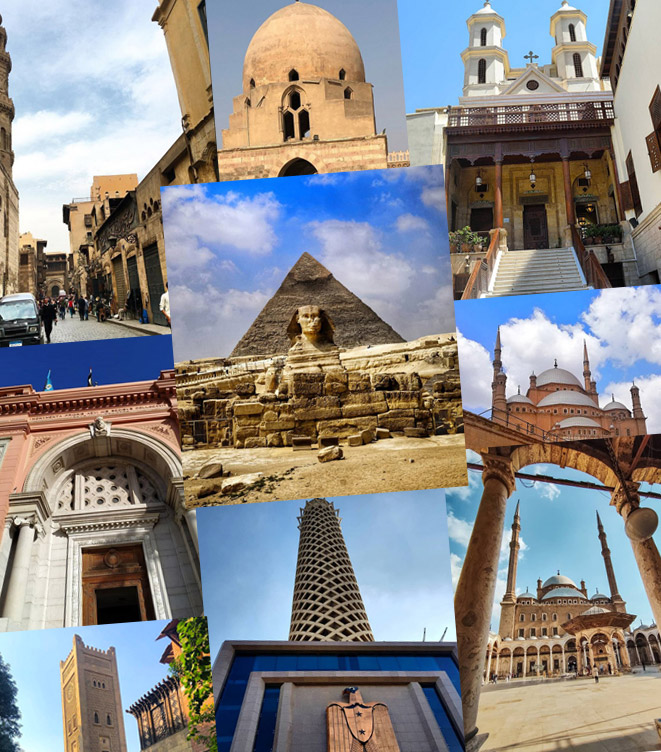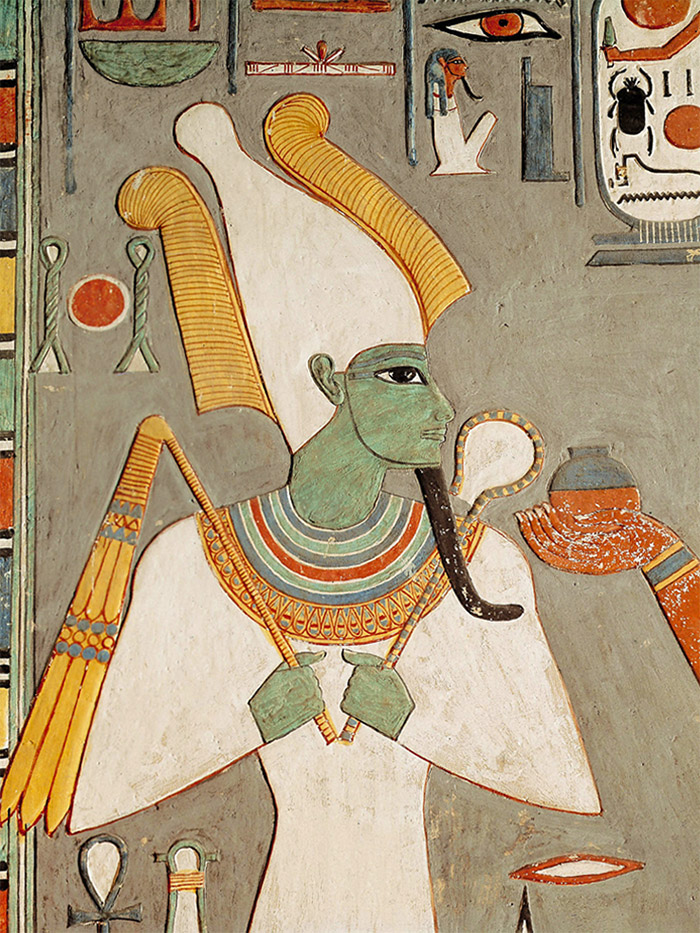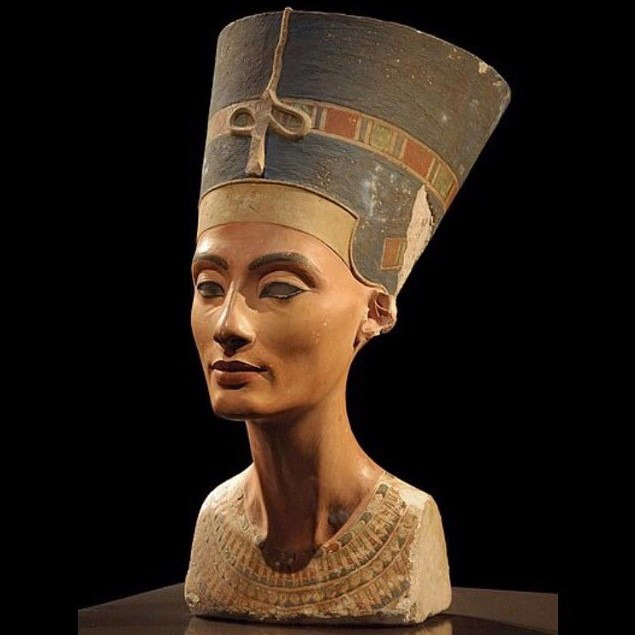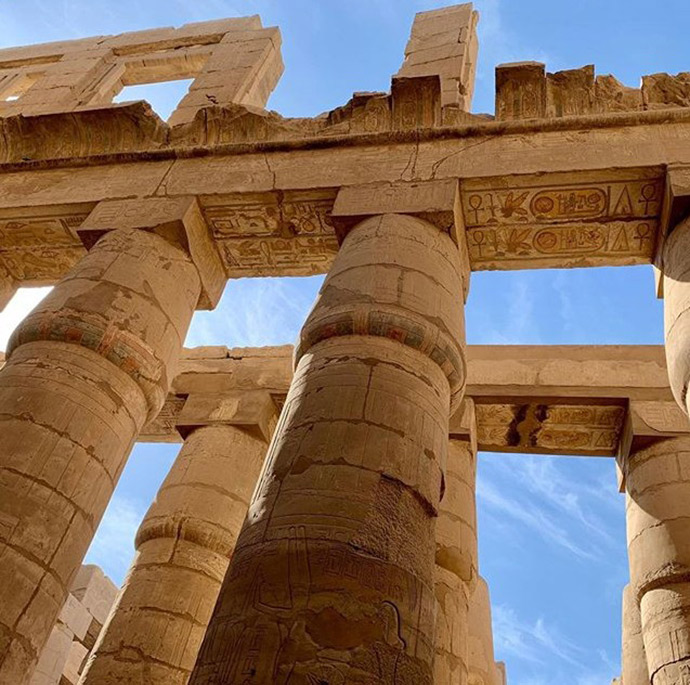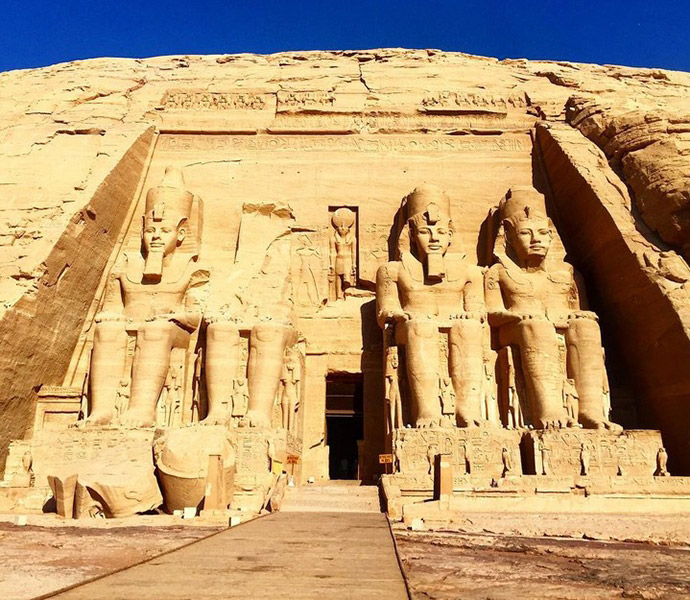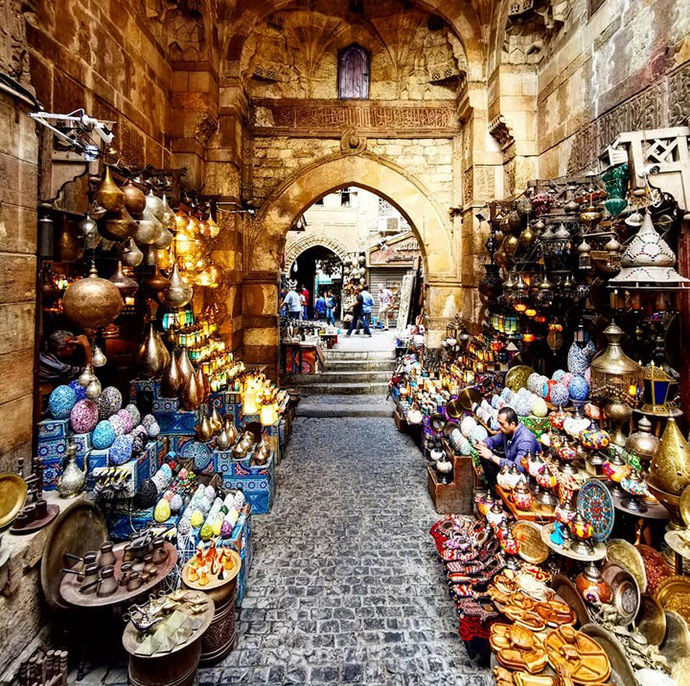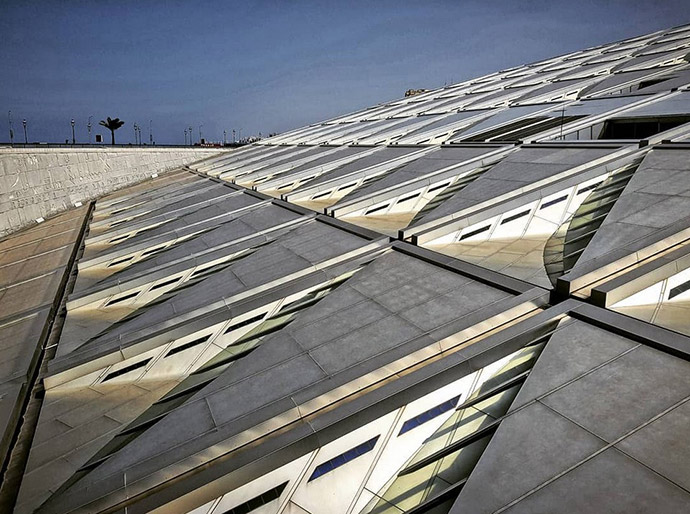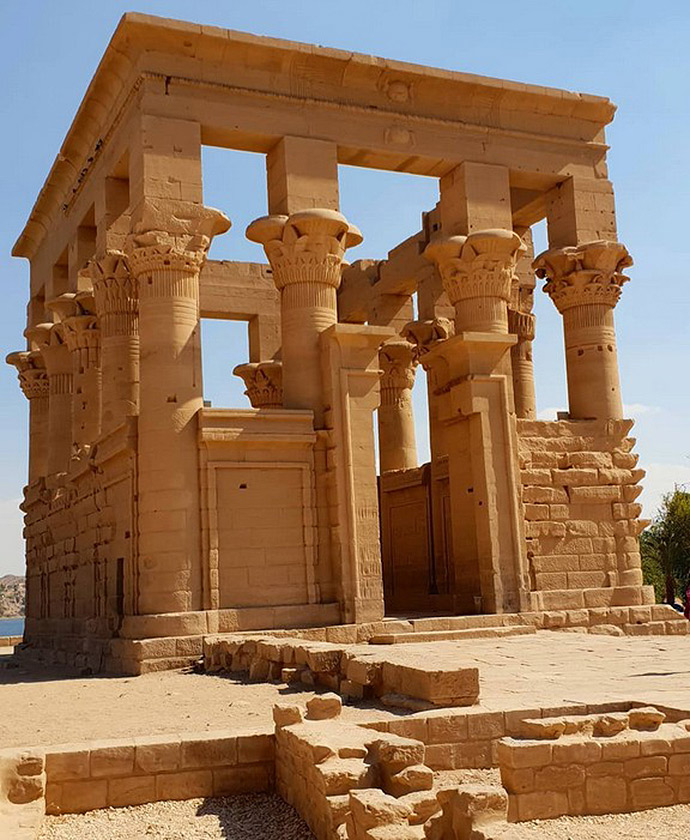
The Philae Temple Complex was on the island of Philae and comprised of the main Temple of Isis, a number of smaller temples and shrines and a nilometer, which is a structure used during the annual flood season for measuring the Nile’s water level and clarity. Philae is an island in the Nile between the old and new Aswan dams. Its ancient Egyptian name was Pilak, which means “end,”.
When the new Aswan High Dam was constructed, the structures were partially submerged. The shrines were found to be substantially damaged. This prompted the Egyptian government and the UNESCO to move the temples, stone by stone, to the nearby island of Agilkia. The island was flattened to resemble Philae and the temples were rebuilt and restored to their original state. They were reopened in 1980.
Temple of Isis
The temple is named after the goddess Isis. Although it was built to honour Isis, her husband Osiris and Horus, her son were also worshipped here. The main structure was built circa 280 B.C. by Ptolemy II Philadelphus. It was the last temple built in the classical Egyptian style. Paintings on the temple walls show Isis bringing Osiris back to life, giving birth to Horus, and mummifying Osiris after his death.
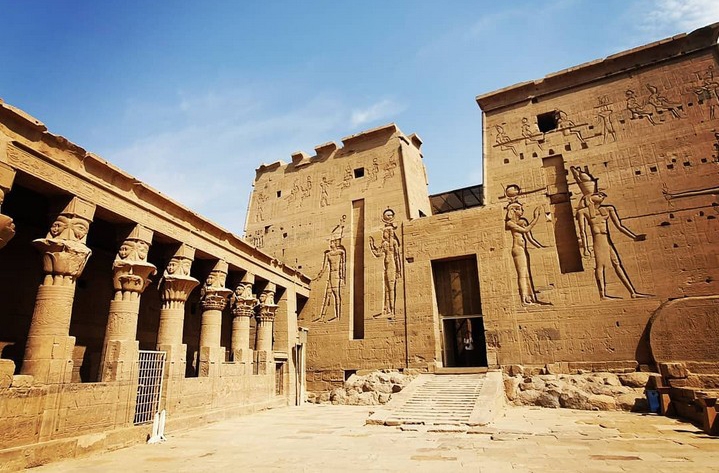
The Temple Entrance
The entry to the temple is a grand 18-metre high pylon with its two 18 metre high towers and central gateway, decorated by pharaoh Nectanebo I.
Two Roman-style lions carved from pink granite stand before the pylon. There were also two large pink granite obelisks constructed by Ptolemy VIII Euergetes II and Cleopatra III. Unfortunately, the obelisks were moved by the British Consul Henry Salt and his colleague Giovanni Belzoni to a garden in Dorset in 1918.
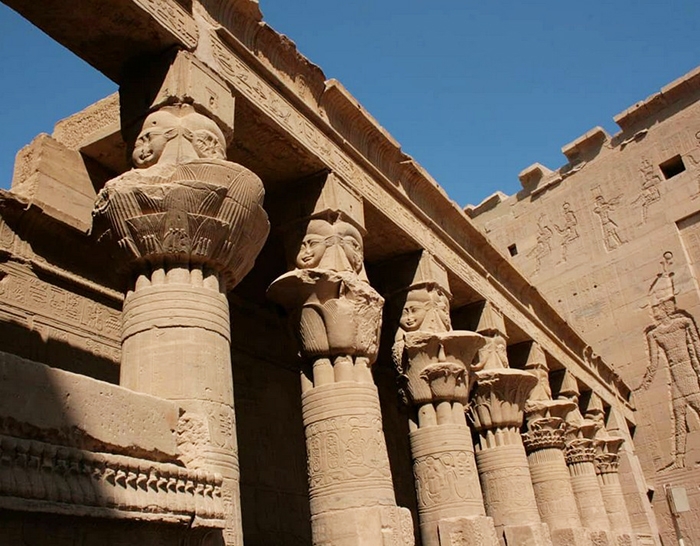
The Mammisi
The Mammisi or birth house, which is commonly found in Ptolemaic temples, is situated on the west side of the main courtyard, surrounded on all four sides by colonnades. The birth house is dedicated to Hathor-Isis in honour of the birth of her son Horus.
Entry to the Inner Temple
A magnificent doorway 32 metres wide and 12 metres high provides a grand entrance to the inner sanctum of the temple. The decorations on the central doorway were done by Euergetes II.
The Inner Temple
The first room of the inner temple is an eight-columned foyer which was separated from the courtyard by screens between the front columns. Coptic crosses inscriptions on the walls indicate that the temple was once used as a Christian place of worship.
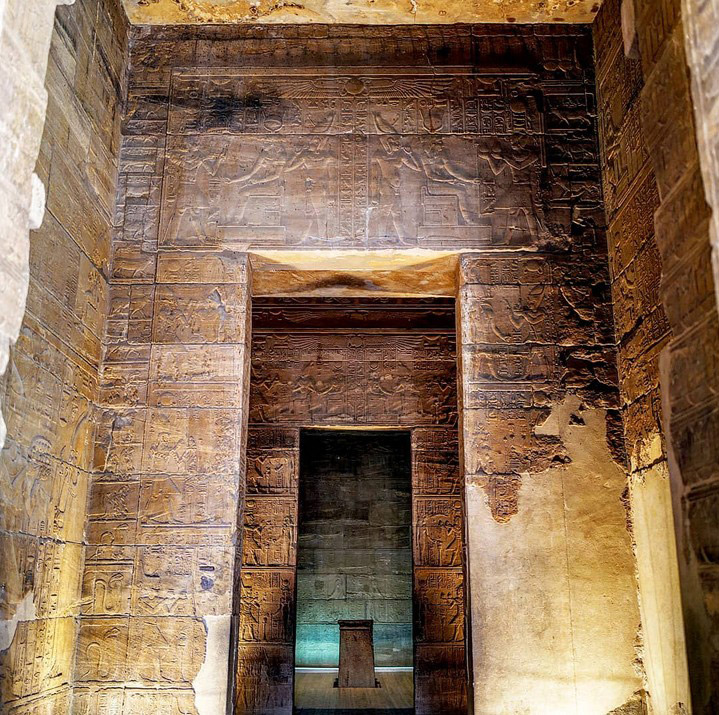
House of Isis
Three antechambers precede the sanctuary, which is a small chamber with two small windows. It still contains the pedestal installed by Ptolemy III Euergetes I and his wife Berenice to support Isis’ sacred barque and her image.
Minor Temples
The other minor temples and structures in the Philae complex include Nectanebo’s Kiosk, Temple of Hathor, Temple of Ary-hes-nefer, Chapel of Mandulis, Chapel of Imhotep, Temple of Horus the Avenger, Trajan’s Kiosk, Roman Gate, Roman Quay, and Temple of Augustus.




